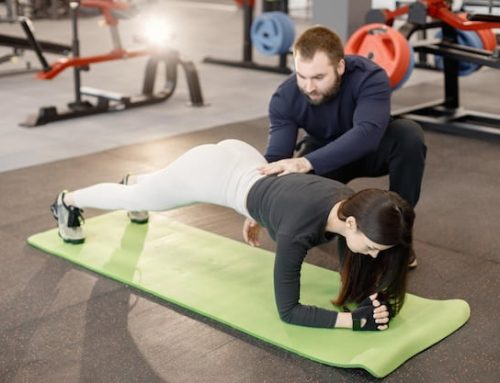Sports-Specific Training: 5 Tests for Common Sports
As an athlete, it is crucial to train for your specific sport in order to excel on the field, court, or track. However, knowing which exercises and drills to focus on can be overwhelming. That’s where sport-specific testing comes in. By analyzing your strengths and weaknesses, you can develop a personalized training plan. Here are five examples of different tests for common sports:
Basketball
Basketball requires a combination of aerobic endurance, speed, agility, and power. One test that evaluates these skills is the Vertical Jump test. This measures how high an athlete can jump from a standing position. Another test is the 5-10-5 Shuttle Run, also known as the “suicide drill.” This tests an athlete’s ability to change direction quickly and explosively.
Football
Football players need to be strong and fast with good endurance. The 40-yard dash is a classic test for speed, measuring how fast an athlete can cover that distance. Another important test is the 225-pound Bench Press test, which measures upper body strength. The T-Test measures lateral movement and agility, which are important skills for defensive players.
Soccer
Soccer players must have the endurance to run for 90 minutes straight while also having quick bursts of speed and agility. The Yo-yo Intermittent Recovery Test is a popular way to measure aerobic endurance. The Illinois Agility Test evaluates an athlete’s ability to change direction quickly, while the 30-meter Sprint test measures linear speed.
Track and Field
Track and field athletes must have a combination of speed, power, and endurance. The 100-Meter Dash is a classic test for sprinting speed, while the Standing Long Jump measures explosive power. The Beep Test is another popular test for aerobic endurance, measuring how far an athlete can run in a certain amount of time.
Hockey
Hockey players need to be quick on their feet and have excellent balance and control. The Shuttle Run test is a great way to measure agility and lateral movement, which are important skills for both forwards and defensemen. The Grip Strength test measures an athlete’s ability to hold onto their stick, which is crucial for stickhandling and shooting. The Vertec test measures an athlete’s vertical jump, which is important for winning face-offs and jumping for rebounds.
Conclusion
By taking these tests and analyzing the results, athletes can develop a personalized training plan that targets their weaknesses and builds upon their strengths. Whether you’re a basketball player trying to improve your jumping ability, a soccer player looking to improve your endurance, or a hockey player trying to improve your agility, specific training and testing can help you reach your full potential. So, take the time to assess your skills and create a plan that works for you.






